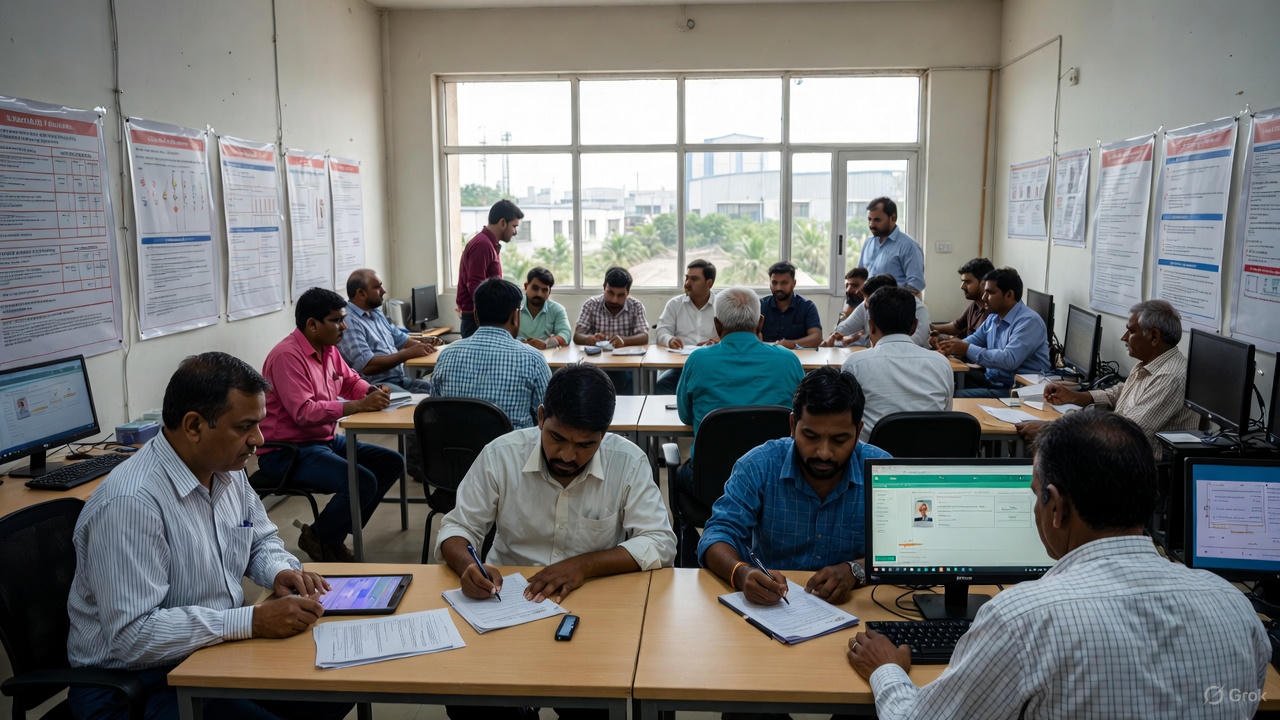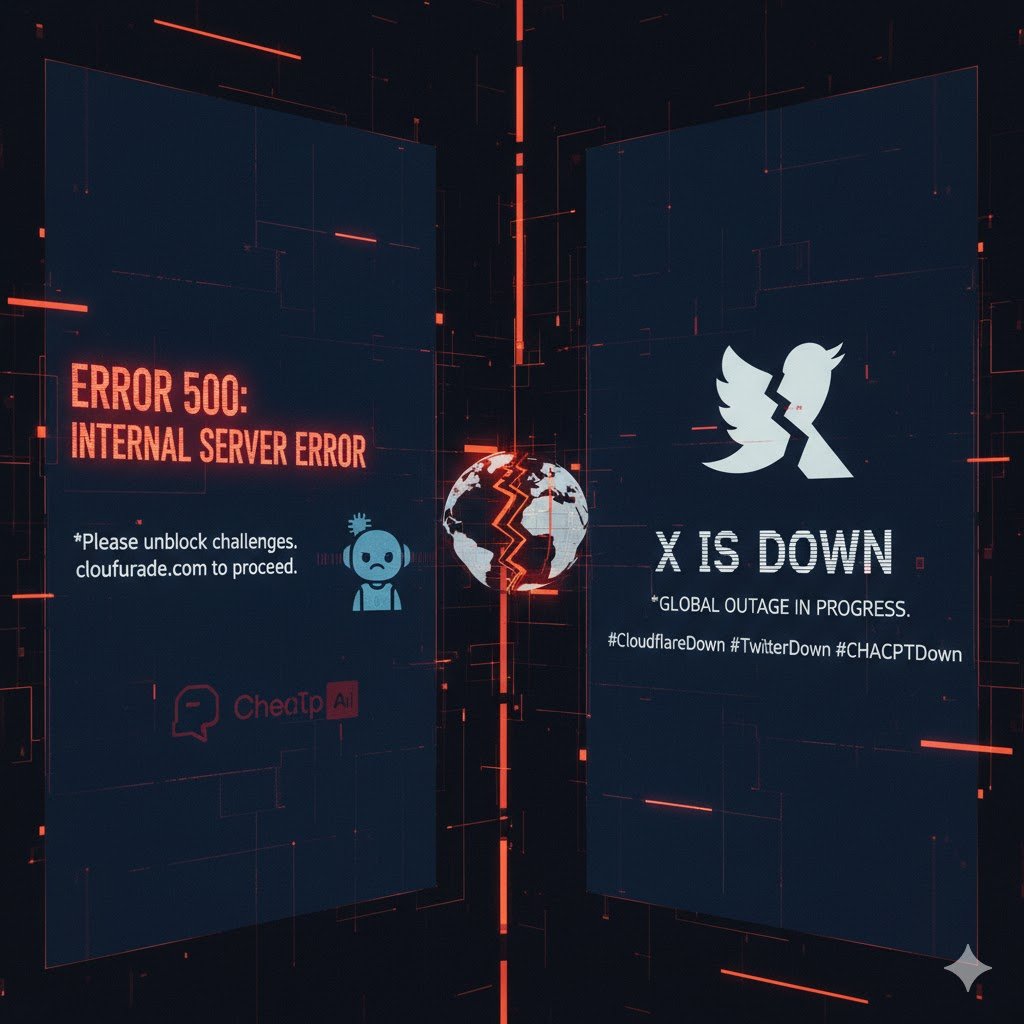In a landmark move to modernize India’s workforce regulations, the Central Government has implemented four comprehensive Labour Codes effective November 21, 2025. These reforms consolidate 29 outdated colonial era laws into streamlined frameworks, aiming to enhance worker protections, simplify business compliance, and foster economic growth. As India eyes a booming gig economy, projected to expand from 10 million workers in 2024-25 to 23.5 million by 2030, these changes couldn’t come at a more beneficial time. But while promising universal minimum wages and expanded social security, the codes also spark debates over reduced take-home salaries and diluted union rights.
Overview of the Four New Indian Labour Codes
The four codes, Code on Wages 2019, Industrial Relations Code 2020, Code on Social Security 2020, and Occupational Safety, Health and Working Conditions (OSHWC) Code 2020, address core aspects of employment from pay to safety. Here’s a quick breakdown of the latest changes in Indian labour laws:
Code on Wages: Establishes a uniform definition of “wages” (basic pay + allowances), mandates minimum wages for all workers (including gig and unorganized sectors), timely payments, and statutory bonuses. This ensures equitable compensation across industries.
Code on Social Security: Extends benefits like Employee’s Provident Fund (EPF), Employee’s State Insurance (ESI), maternity leave, and gratuity to gig and platform workers for the first time. It introduces portability of benefits via Aadhaar linked IDs and requires aggregators (e.g., Uber, Swiggy) to contribute 1% to 2% of turnover to social security funds.
Industrial Relations Code: Simplifies trade union recognition, dispute resolution, and standing orders. It raises the threshold for government approval on layoffs, closures, and retrenchments from 100 to 300 workers, while mandating a Reskilling Fund (15 day’s wages per removed employee) to help job changes.
OSHWC Code: Enforces stricter health and safety standards, limits working hours (with overtime provisions), and requires welfare facilities like creches, restrooms, and annual medical check-ups for workers over 40. It also permits women to work night shifts and mandates formal appointment letters for all employees.
These codes, notified just days ago, mark one of the biggest workforce reform in decades, blending worker welfare with business flexibility.
How New Labour Codes Impact Indian Workers
For India’s 500 million plus workforce, spanning factories, farms, and apps, the codes promise empowerment but come with trade-offs.
Boosts to Wages and Security
Universal Minimum Wages: Every worker, from daily wage laborers to gig drivers, now qualifies for state-fixed minimum wages, potentially lifting millions out of poverty. Timely payments (within 7-10 days for terminations) curb exploitation.
Expanded Social Safety Net: Gig workers gain access to EPF, ESI, and unemployment benefits, with nationwide portability ensuring seamless transitions. Maternity benefits extend to fixed-term and contract employees, and gratuity calculations now favor higher basic pay.
Safety and Inclusivity: Enhanced OSHWC rules mandate safer workplaces, free check-ups, and gender-neutral policies like night shifts for women, promoting dignity and health.
Potential Downsides: Lower Take-Home Pay?
A major shift requires basic salary (including dearness and retaining allowances) to form at least 50% of total CTC. This restructures pay slips, hiking PF (12% of basic) and gratuity contributions from the same CTC structure, meaning less cash in hand today for more retirement security tomorrow. For a ₹10 lakh CTC earner, this could slash monthly take-home by Rupees 5,000 to Rupees 10,000, per estimates. Labour and Trade Unions criticize it as a “pay cut under the name of reform”, especially under current inflation, and worry the higher layoff threshold threats to job security.
Overall, while long-term benefits like reskilling funds and portable entitlements could empower youth and migrants, short-term adjustments may stress low-wage households.
Business Implications: Ease vs. Compliance Costs
For employers, from MSMEs to MNCs, the codes slash red tape but demand quick adaptations.
Wins for Growth and Flexibility
Simplified Compliance: Merging 29 laws into four reduces paperwork, with digital registers and unified portals easing audits. The layoff threshold hike to 300 workers offers leeway during downturns, potentially spurring manufacturing (currently < 20% of GDP) and FDI.
Gig Economy Integration: Clear rules for platform workers, including aggregator contributions, formalize the sector, attracting talent without legal ambiguities.
HR Modernization: Grievance committees and standing orders promote proactive dispute resolution, cutting litigation costs.
Challenges Ahead
Salary Restructuring Overhaul: Firms must revamp CTCs to meet the 50% basic pay rule, impacting budgeting. Gig platforms face new 1% to 2% turnover levies, adding to operational expenses.
Safety Investments: OSHWC mandates facilities like creches (for 50+ employees) and safety gear, hitting small businesses hardest in the initial years. Economists predict transitional pains for unorganized sectors but long-term gains in productivity and consumer spending.
Businesses are urged to conduct gap assessments and update HR policies by early 2026 to avoid penalties.
Looking Ahead: A Balanced Workforce for Viksit Bharat
India’s 2025 Labour Codes signal a bold step toward a resilient, inclusive economy, balancing worker dignity with entrepreneurial freedom. As implementation rolls out, stakeholders must collaborate – governments on enforcement, unions on advocacy, and firms on fair transitions. For workers, it’s a call to leverage new entitlements, for businesses, an opportunity to build ethical, efficient teams.
Indian Labour Codes 2025, new labour laws India, impact on workers salary, business compliance labour reforms, gig workers social security,













